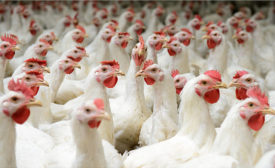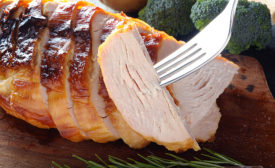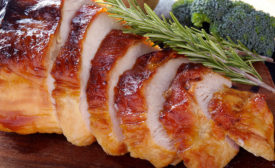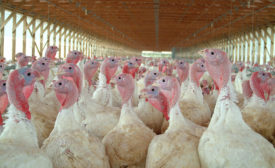Home » Keywords: » state of turkey
Items Tagged with 'state of turkey'
ARTICLES
Special Report
2018 Poultry Report: A bird bonanza
Poultry retains its place as a consumer favorite, and the industry continues to produce more chicken and turkey products in response — but price pressures remain real, and new markets must be leveraged for the industry to take the next step.
Read More
State of the Industry
State of the Meat and Poultry Industry 2017: Turkey
Looking for a boost
Read More
State of the Industry
State of Turkey: All eyes on AI: Resilience, recovery from spring avian influenza outbreak
The turkey industry withstood the spring 2015 avian influenza outbreak and is poised to bounce back and meet demand once again.
Read More
Get our new eMagazine delivered to your inbox every month.
Stay in the know with The National Provisioner's comprehensive coverage of the meat and poultry processing industry.
SUBSCRIBE TODAY!Copyright ©2024. All Rights Reserved BNP Media.
Design, CMS, Hosting & Web Development :: ePublishing






